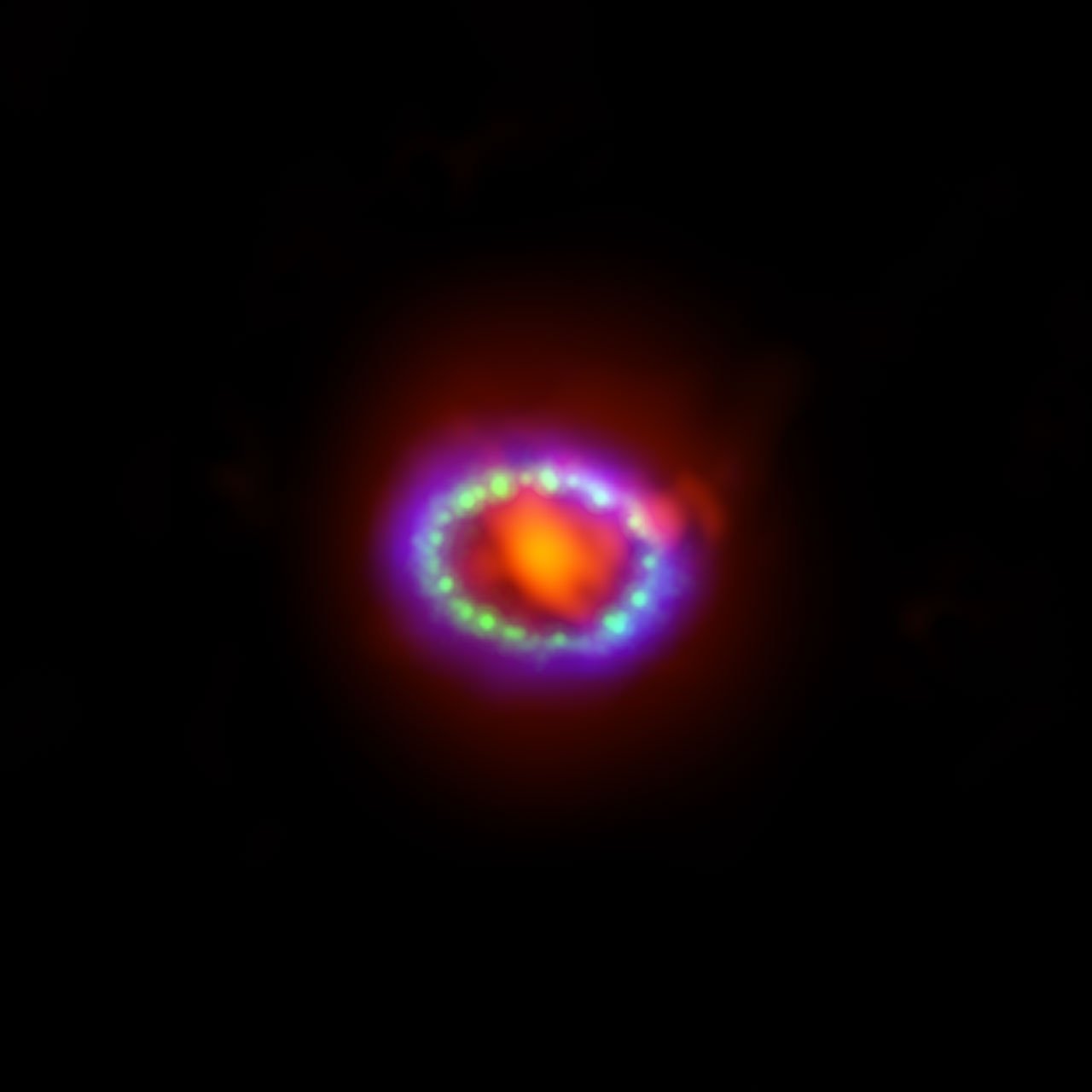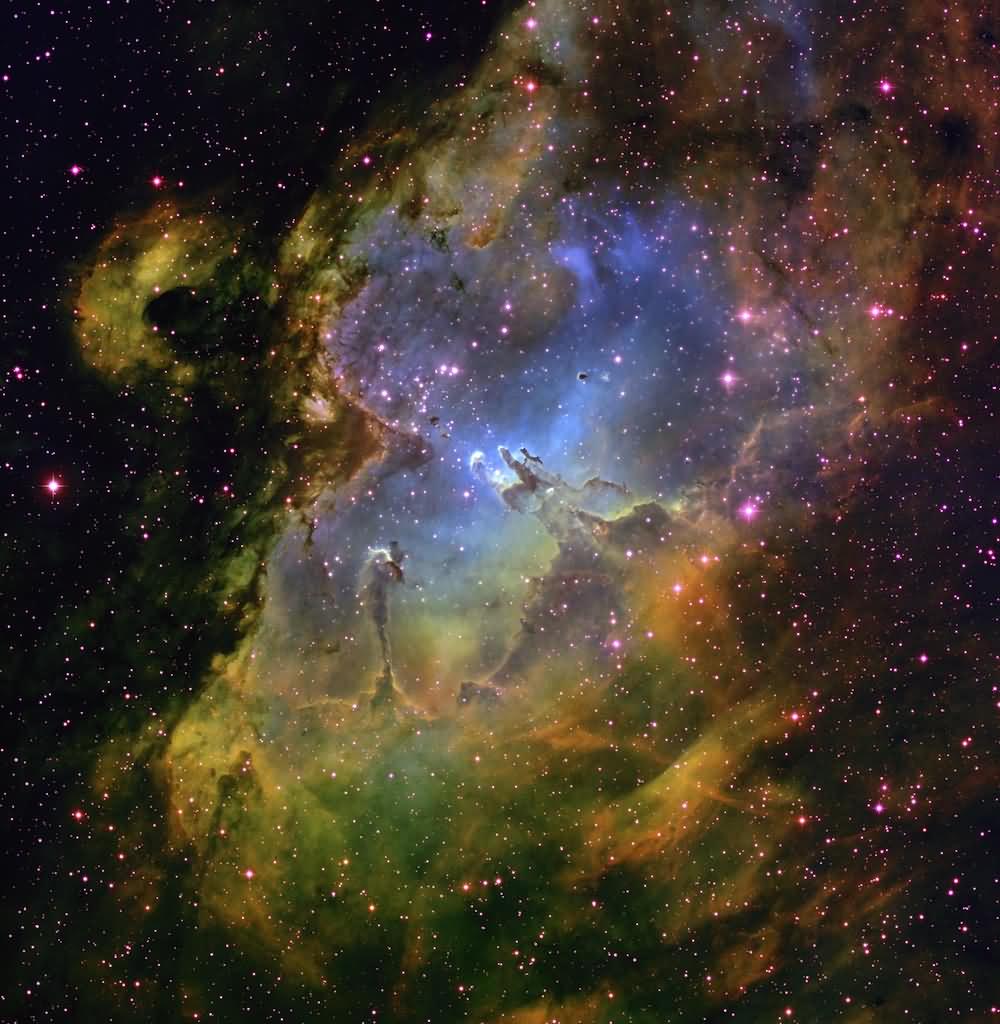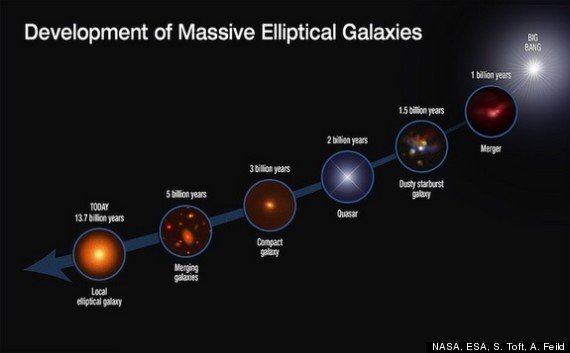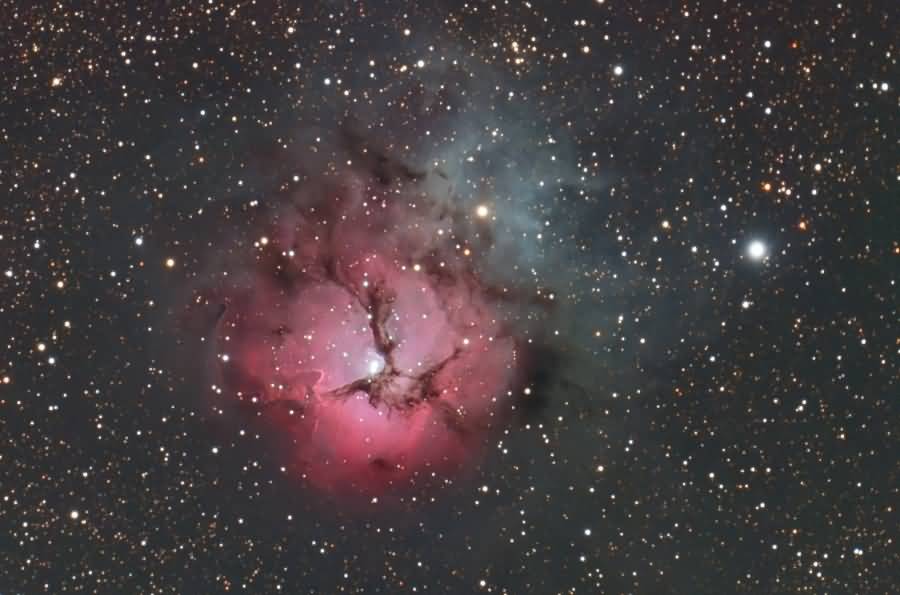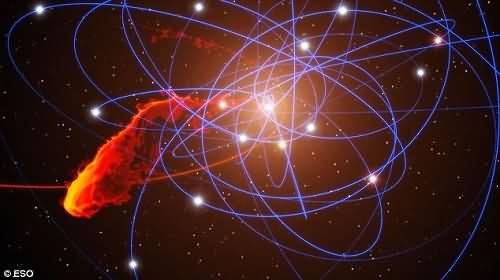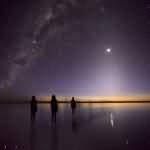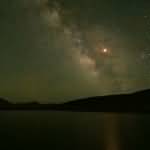How to Capture a Star – Dyson Sphere
What seemed like a long time ago to me, Kardashev Table about (Kardashev Table - Types and Civilization) I wrote an article. There, I mentioned that they could build a Dyson Sphere to meet the energy needs of a Class II civilization, and that I would write a detailed article later. Well, I think it's about time.
A Class II civilization on the Kardashev scale would require so much energy that the entire energy of a planet like Earth would not be sufficient. In this case, they would attempt to obtain energy from space. In this case, they might want to extract the entire energy of a star. Here, I will discuss both the Dyson Sphere and other methods for capturing the entire energy of a star.
Dyson Sphere
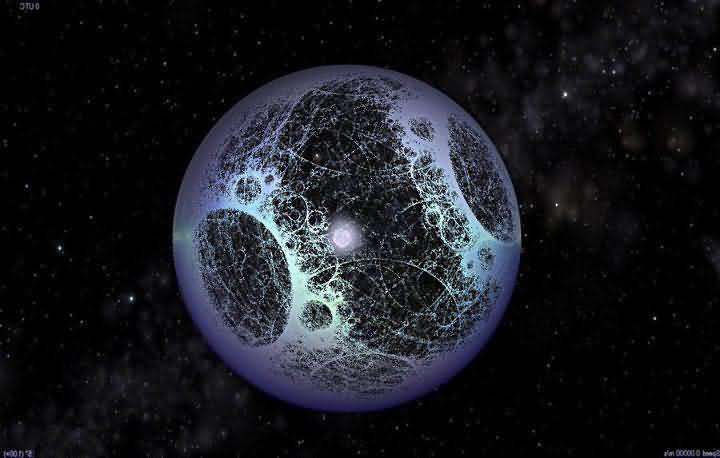 The Dyson sphere is probably the most well-known method proposed to capture all the energy of a star. Freeman Dyson The Dyson Sphere, proposed by , describes a structure that covers the entire surface of a star. Receptors covering the star's entire surface direct all of the star's energy to a specific location or battery. Another possibility is that civilization lives directly on top of that structure.
The Dyson sphere is probably the most well-known method proposed to capture all the energy of a star. Freeman Dyson The Dyson Sphere, proposed by , describes a structure that covers the entire surface of a star. Receptors covering the star's entire surface direct all of the star's energy to a specific location or battery. Another possibility is that civilization lives directly on top of that structure.
This concept Star Trek: The Next Generation It has been used in many science fiction films. The important point is that for this structure to work, it must be built at a distance of 1 to 5 astronomical units from the sun. The astronomical unit is the distance of the Earth from the sun, i.e., 150 million km. To build such a gigantic structure, it would most likely be necessary to use all the rocky planets and even asteroids in the star system. However, it has been calculated that the thickness of the Dyson Sphere would not be more than 15 cm (when calculated according to our own solar system). This thickness would not be enough to keep the Dyson Sphere stable and would collapse in on itself and be dragged by the star's gravity. For these reasons, it was not considered very logical, and different alternatives such as the Dyson Swarm were proposed. Before moving on to those topics, I will give you a brief explanation of the subtitle I provided. Star Trek: The Next GenerationI'd like to include a short video about the discovery of the Dyson Sphere in . I created subtitles on the YouTube channel. Therefore, you may need to open them in the bottom right corner when watching the video yourself. If you're watching on mobile, subtitles won't appear.
Dyson Rings
 When the technical impossibility of a Dyson Sphere was recognized, more feasible alternatives began to be considered. Dyson Rings are one such example. Instead of covering the entire star, it was thought that arranging structures composed of rings around it like a ring would require less material and could be made thicker and more durable. In this structure, Dyson Rings are arranged at similar distances around the star. It was also envisioned that habitats could be built on these rings.
When the technical impossibility of a Dyson Sphere was recognized, more feasible alternatives began to be considered. Dyson Rings are one such example. Instead of covering the entire star, it was thought that arranging structures composed of rings around it like a ring would require less material and could be made thicker and more durable. In this structure, Dyson Rings are arranged at similar distances around the star. It was also envisioned that habitats could be built on these rings.
Dyson Swarm
 Normally his real name “Dyson Swarm” However, I found that no Turkish equivalent had been produced, so I chose the name. Swarm means swarm. A large number of anything is like a swarm. Here, the swarm is the receptors. A swarm of receptors arranges itself around the star, aiming to collect a significant portion of the energy, though not as much as a Dyson sphere. The material requirements are generally similar, but because it's composed of a swarm of smaller receptors rather than a single entity, it's more complex. It also doesn't require the same degree of stability as a Dyson sphere. In theory, the star's gravity and the repulsive force of the particle wind maintain balance, keeping the receptors stable.
Normally his real name “Dyson Swarm” However, I found that no Turkish equivalent had been produced, so I chose the name. Swarm means swarm. A large number of anything is like a swarm. Here, the swarm is the receptors. A swarm of receptors arranges itself around the star, aiming to collect a significant portion of the energy, though not as much as a Dyson sphere. The material requirements are generally similar, but because it's composed of a swarm of smaller receptors rather than a single entity, it's more complex. It also doesn't require the same degree of stability as a Dyson sphere. In theory, the star's gravity and the repulsive force of the particle wind maintain balance, keeping the receptors stable.
Alderson Disk
 Alderson Disk scientist Dan AldersonIt is an idea put forward by . The simplest explanation is that it is the size of a star system. CDIt is. Yes, its shape resembles a CD. Instead of capturing the star's entire energy output, it aims to capture only the energy output around its equator. A CD can be several thousand kilometers thick and a few astronomical units wide. With this width, it's thought that it could support a highly advanced civilization on its surface. Of course, this isn't the entire surface, but only in areas within the habitable zone of the star system. The image on the left shows the structure of the disk and the habitable zone in green. Such a structure is found in the Halo game.
Alderson Disk scientist Dan AldersonIt is an idea put forward by . The simplest explanation is that it is the size of a star system. CDIt is. Yes, its shape resembles a CD. Instead of capturing the star's entire energy output, it aims to capture only the energy output around its equator. A CD can be several thousand kilometers thick and a few astronomical units wide. With this width, it's thought that it could support a highly advanced civilization on its surface. Of course, this isn't the entire surface, but only in areas within the habitable zone of the star system. The image on the left shows the structure of the disk and the habitable zone in green. Such a structure is found in the Halo game.
Ring Worlds
 Ring worlds are an idea developed by those who prefer a natural environment, rather than living in a metal structure between an Alderson Disk and Dyson Rings. This structure is essentially a single Dyson Ring strung around a star. The habitable zone is the side facing the star. Civilizations that establish habitats on the star-facing side would be capable of creating Earth-like atmospheres and even controlled weather. Night could be created by covering the surface with stellar panels. While seemingly impossible, this didn't deter Larry Niven from voicing his idea.
Ring worlds are an idea developed by those who prefer a natural environment, rather than living in a metal structure between an Alderson Disk and Dyson Rings. This structure is essentially a single Dyson Ring strung around a star. The habitable zone is the side facing the star. Civilizations that establish habitats on the star-facing side would be capable of creating Earth-like atmospheres and even controlled weather. Night could be created by covering the surface with stellar panels. While seemingly impossible, this didn't deter Larry Niven from voicing his idea.
Shkadov Pushers
Harnessing the energy of stars is fine, but why not use it as a spacecraft? Yes, you heard that right. I've written about this before, so I'm just providing the link. Using Stars as Spacecraft
It's doubtful that we will ever reach the level of a Class I civilization, let alone harness the energy of a star. And our lifetimes won't be long enough to see if this is real. But we won't give up on dreaming.



